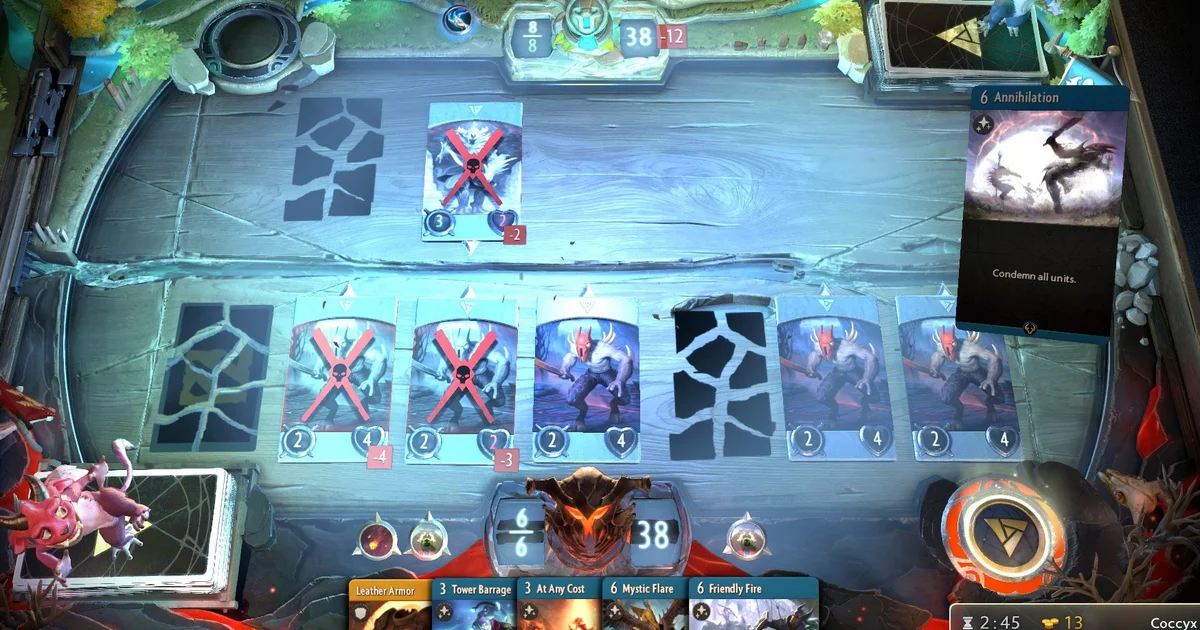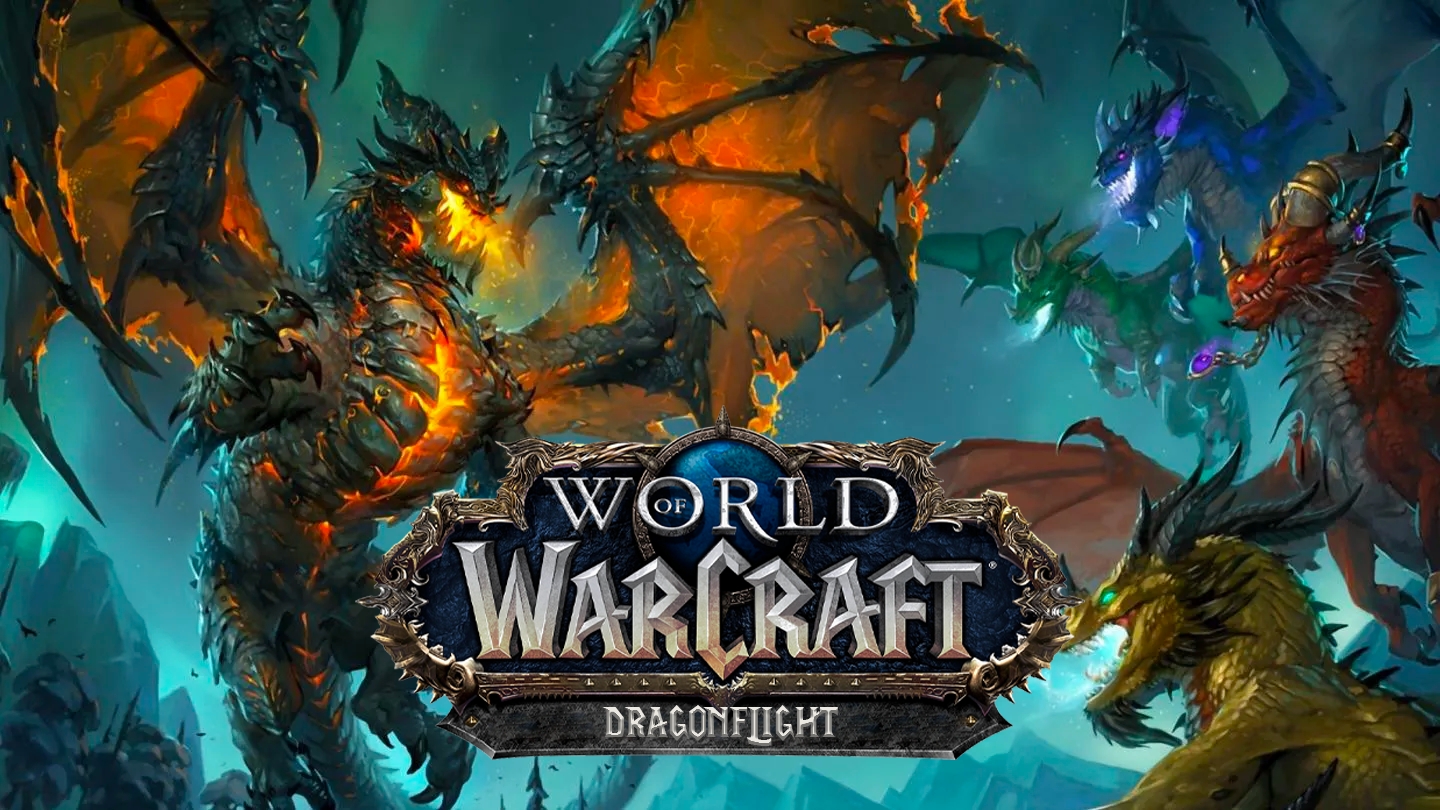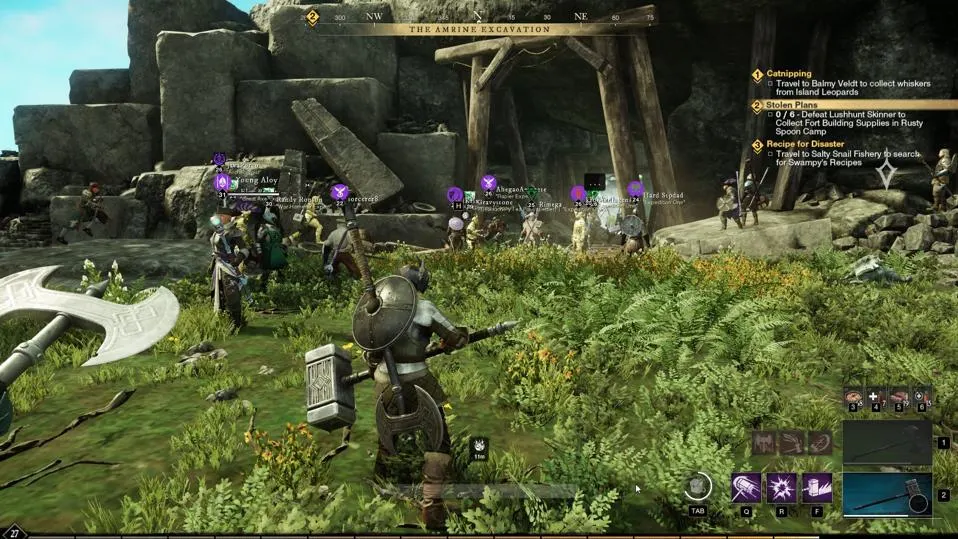Introduction
Artifact is a digital collectible card game developed by Valve Corporation and released in November 2018. Designed by Richard Garfield, the creator of Magic: The Gathering, Artifact aimed to bring a new and innovative approach to the card game genre. Featuring a unique three-lane battlefield system and a deep strategic layer, Artifact promised a fresh experience for both card game enthusiasts and newcomers alike. This review will explore Artifact’s gameplay mechanics, narrative, graphics, audio, and reception, providing a thorough analysis of its strengths and weaknesses.
Gameplay Mechanics
Overview of Artifact’s Gameplay
Artifact’s gameplay stands out due to its distinct approach to the card game genre. Unlike traditional card games, Artifact employs a three-lane battlefield system inspired by the Dota 2 universe. Each lane is treated as a separate battlefield where players can deploy heroes, items, and spells, adding a layer of strategic complexity.
Unique Features of Artifact
- Three-Lane Battlefield: Unlike traditional card games that use a single play area, Artifact’s three-lane battlefield allows for diverse strategic options. Each lane can be attacked and defended independently, creating a dynamic and engaging gameplay experience.
- Hero Cards: In Artifact, players use hero cards that can be deployed to any of the three lanes. Heroes have unique abilities and can significantly impact the flow of the game. The synergy between hero abilities and deck composition is crucial for success.
- Item and Spell Cards: Alongside hero cards, players can use item and spell cards to influence the battlefield. Items can enhance heroes, while spells can affect both lanes and the opponent’s strategy.
Strategic Depth and Complexity
Artifact’s strategic depth is one of its defining features. The three-lane system requires players to balance their resources and make tactical decisions about where to deploy their heroes and cards. Understanding the interactions between different cards and their impact on each lane is key to mastering the game.
Narrative and World-Building in Artifact
Setting and Lore
Artifact is set in the Dota 2 universe, and its lore is deeply intertwined with the game’s predecessor. The game features a rich narrative backdrop that draws on the Dota 2 lore, including familiar heroes and factions. However, Artifact does not focus heavily on storytelling within the game itself, instead emphasizing strategic gameplay.
Impact of Lore on Gameplay
While Artifact’s primary focus is on gameplay rather than narrative, the inclusion of Dota 2 characters and elements adds depth to the game’s world. Fans of Dota 2 will appreciate the connection between the two games, although the lore does not play a central role in Artifact’s mechanics.
Graphics and Art Style
Visual Design and Aesthetics
Artifact boasts a polished and detailed visual design, reflecting its origins as a Valve product. The game’s art style is consistent with the Dota 2 universe, featuring high-quality illustrations and animations for cards and heroes. The three-lane battlefield is visually distinct, with each lane having its own unique look and feel.
Performance and Technical Aspects
Artifact’s graphics are well-optimized, providing a smooth experience on a range of systems. The game features detailed card art and dynamic animations that enhance the overall visual appeal. Performance issues are minimal, ensuring a consistent experience for players.
Audio Design
Music and Sound Effects
Artifact’s audio design complements its visual style, featuring an evocative soundtrack that enhances the atmosphere of the game. The music is fittingly dramatic and immersive, aligning with the game’s strategic and competitive nature. Sound effects for card plays, hero abilities, and other in-game actions are well-designed, contributing to the overall immersion.
Voice Acting and Dialogue
While Artifact does not feature extensive voice acting or dialogue, the sound design effectively communicates the game’s mood and tone. The lack of voice acting does not detract from the experience, as the focus remains on strategic gameplay.
Reception and Reviews
Critical Reception
Artifact received mixed reviews upon its release. Critics praised the game’s innovative mechanics and strategic depth but criticized its monetization model and overall accessibility. The three-lane battlefield system and hero-based gameplay were highlighted as fresh and engaging, while the game’s complex mechanics were seen as a barrier to entry for some players.
Player Feedback
Player feedback for Artifact was similarly mixed. Fans of card games appreciated the strategic depth and unique gameplay elements, while others found the game’s monetization system and learning curve to be problematic. The initial enthusiasm for the game was tempered by concerns about its long-term viability and player base.
Monetization and Business Model
Artifact’s monetization model, which included paid card packs and in-game purchases, was a significant point of contention. Many players felt that the game’s pricing structure was too steep and that it created a pay-to-win environment. Valve’s approach to monetization was criticized for impacting the game’s accessibility and overall enjoyment.
Conclusion
Artifact offered a fresh take on the digital card game genre with its innovative three-lane battlefield system and deep strategic gameplay. While the game received praise for its unique mechanics and connection to the Dota 2 universe, it also faced criticism for its monetization model and accessibility challenges. Players interested in a complex and strategic card game may find Artifact a compelling choice, but potential players should weigh the game’s strengths and weaknesses before diving in. As the landscape of digital card games continues to evolve, Artifact’s legacy remains a topic of discussion among enthusiasts and critics alike.
FAQ: Artifact Game
What is Artifact?
Artifact is a digital collectible card game developed by Valve Corporation, featuring a unique three-lane battlefield system and a deep strategic layer. It is set in the Dota 2 universe and was released in November 2018.
How does Artifact’s gameplay differ from other card games?
Artifact’s gameplay is distinct due to its three-lane battlefield system, where players deploy heroes, items, and spells across multiple lanes. This system adds a layer of strategic complexity not found in traditional card games.
What are hero cards in Artifact?
Hero cards are special cards that represent powerful characters with unique abilities. These cards can be deployed to any of the three lanes and play a crucial role in shaping the game’s strategy.
Is Artifact free to play?
Artifact is not free to play. The game features a monetization model that includes paid card packs and in-game purchases. This model has been a point of controversy among players.
How can I improve my skills in Artifact?
To improve your skills in Artifact, focus on understanding the interactions between different cards, developing effective strategies for each lane, and learning from experienced players. Practice and analysis of game replays can also help enhance your gameplay.
Are there any expansions or updates for Artifact?
As of the last update, Artifact has seen several expansions and updates since its release. Check Valve’s official channels for the latest information on new content and updates.
What is the current state of Artifact’s player base?
The player base for Artifact has fluctuated since its release. While the initial launch saw high interest, player numbers have varied over time. Check online forums and communities for the most recent information on the game’s active player base.



